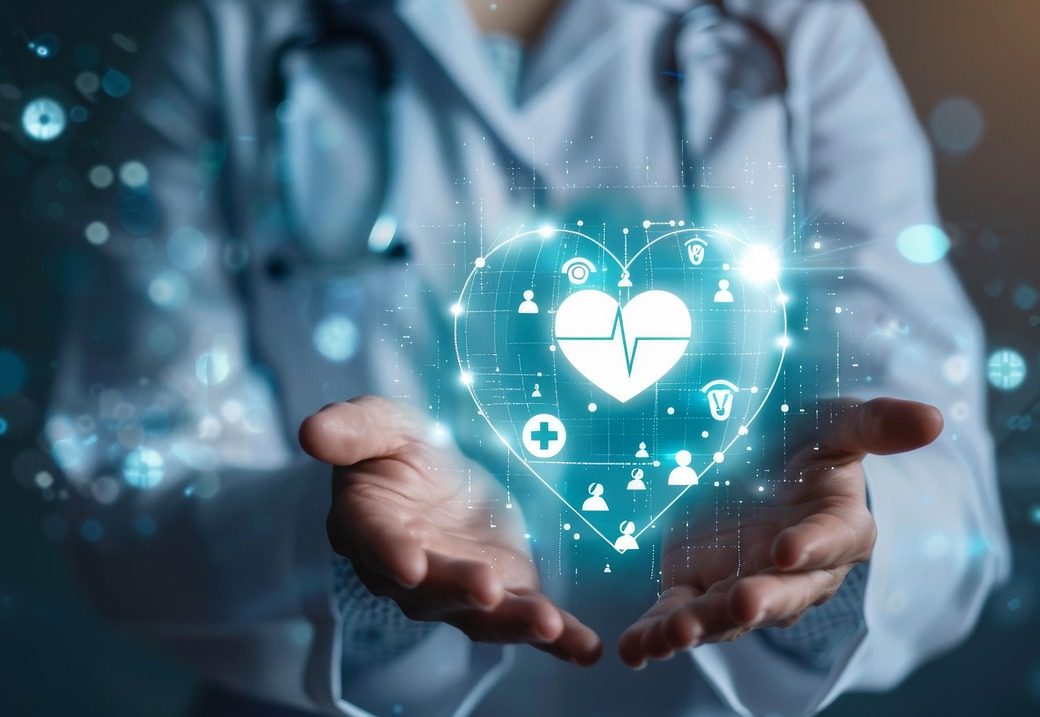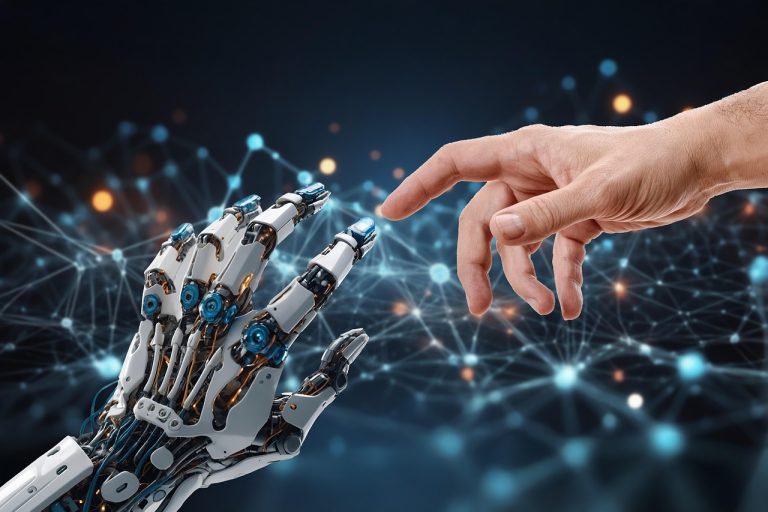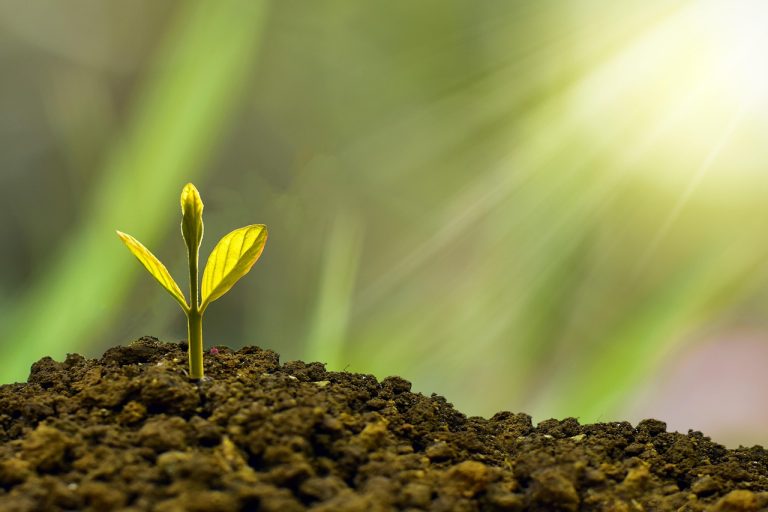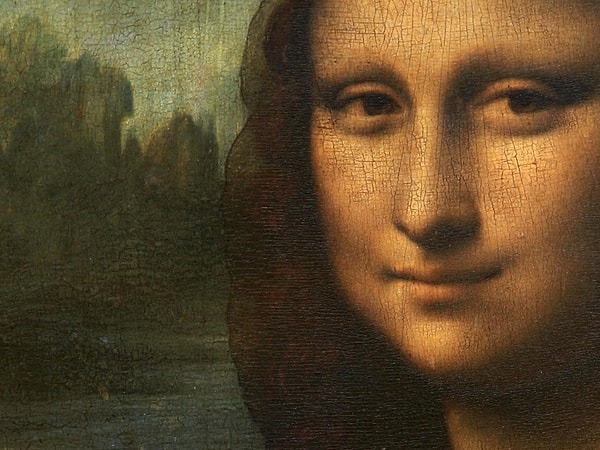A Visionary Look at the Healing Power of Artificial Intelligence
In a world often driven by fear—of climate collapse, pandemics, war, and automation—artificial intelligence is usually cast as a threat. But what if we’re asking the wrong question?
What if AI’s greatest role isn’t to replace us…
but to rescue us?
From Algorithms to Lifelines: What AI Is Already Doing
Let’s begin not with science fiction—but with science fact.
In Healthcare:
- According to a 2023 Lancet Digital Health study, AI-powered imaging tools improved early breast cancer detection rates by 9%, reducing false negatives significantly.
- Google’s DeepMind developed an AI system, AlphaFold, which accurately predicted the 3D structure of over 200 million proteins, accelerating drug discovery by decades.
- In Rwanda, drones powered by AI logistics software now deliver blood and vaccines to remote villages, cutting emergency response time by over 70% (Zipline, 2022).
In Crisis and Disaster Response:
- The UN’s World Food Programme uses AI-driven satellite data to predict famines months in advance, allowing preemptive aid distribution.
- AI is used by the Red Cross to analyze damage after earthquakes and prioritize regions needing urgent rescue.
- In Turkey’s 2023 earthquake, local AI teams like AI4Good helped identify collapsed buildings using drone imagery in real-time.
In Accessibility:
- Microsoft’s Seeing AI app narrates the world to the blind.
- AI-based speech generation tools are giving a voice to non-verbal individuals with ALS and autism.
- Brain-computer interfaces (BCIs) powered by neural AI now allow paralyzed patients to control prosthetics with thought.
This isn’t the future. It’s now.
The Numbers Behind Hope
- A 2024 McKinsey report projects that AI-enabled health interventions could save up to 10 million lives annually by 2030.
- The World Bank estimates that AI in agriculture and climate prediction could lift 100 million people out of extreme poverty by 2040.
- According to the OECD, countries that integrate AI into public health and education systems see up to 25% efficiency gains, freeing up resources for vulnerable populations.
AI, used wisely, amplifies human capacity—especially in places where resources are scarce but urgency is high.
If We Use It Right: What Could Be Next?
Imagine:
- AI-powered mental health chatbots, trained in trauma care, offering 24/7 support in war-torn regions.
- Global disease surveillance systems that prevent pandemics before they begin.
- Disaster-predicting AI, issuing climate alerts not days but months in advance.
- Education platforms powered by AI that adapt to every child’s learning style—breaking the cycle of illiteracy in under-resourced communities.
- And an AI-driven “planetary emergency response system”, coordinating global resources to address poverty, hunger, and ecological collapse.
This isn’t utopia. It’s engineering + ethics + intention.
What Must Be Done?
To unlock this future, we must design AI for humanity, not just for profit.
- Open AI for Global Good: Democratize powerful models for non-commercial, social applications.
- Ethical Alignment: Enforce AI development frameworks guided by equity, privacy, and transparency. (OECD AI Principles, UNESCO AI Ethics Recommendations)
- Investment in the Underserved: Prioritize AI deployment in the Global South, refugee camps, disaster zones—not just tech hubs.
- Public + Private Collaboration: Governments, NGOs, academia, and industry must co-create future-ready, human-centered AI tools.
- AI Literacy for All: Educate citizens not just to use AI, but to question it, shape it, and govern it.
AI won’t save us on its own. But it could become the most powerful tool we’ve ever had to save each other—if we choose to wield it that way.
Final Thought
What if the future of humanity isn’t man versus machine…
but man and machine—fighting side by side to heal a broken world?



